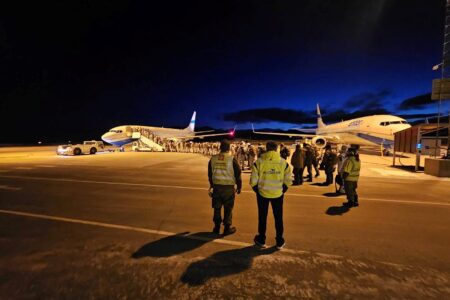April 5, 2024
Aircontact Plays Vital Role in Transporting Troops for Nordic Response 2024
Aircontact has emerged as a crucial player in facilitating troop transportation for Nordic Response...
Read more




